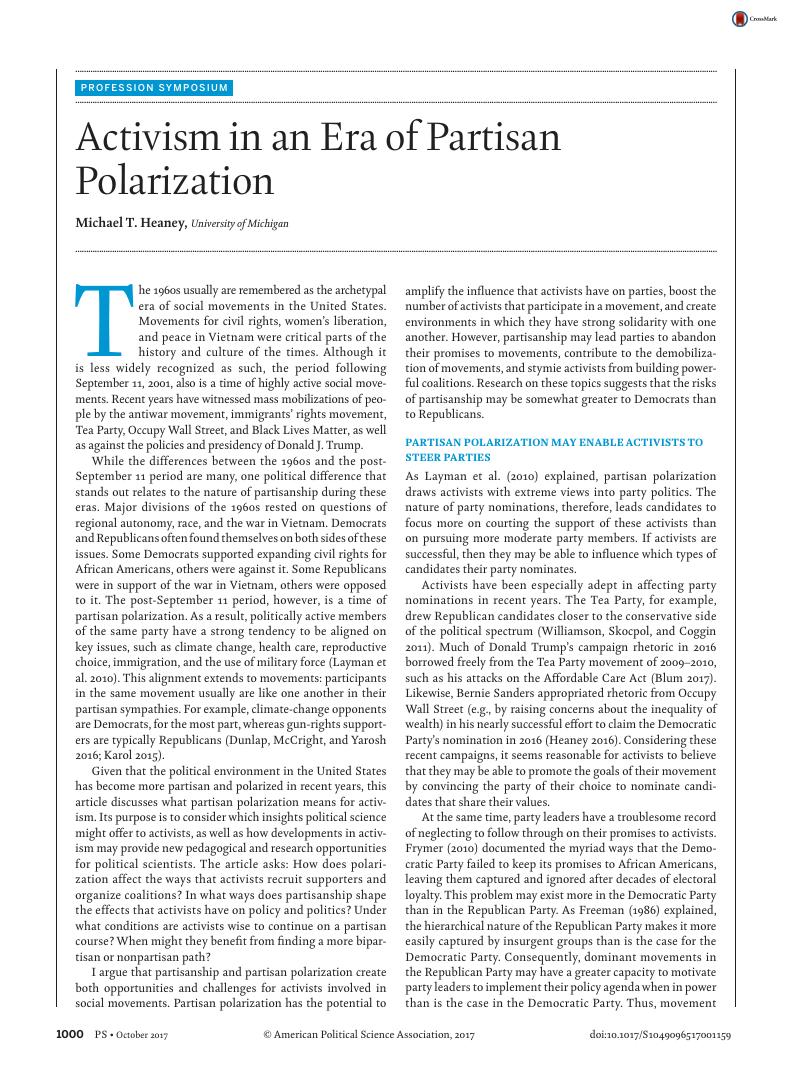Crossref Citations
This article has been cited by the following publications. This list is generated based on data provided by Crossref.
Tarrow, Sidney
2019.
Comparison, Triangulation, and Embedding Research in History: A Methodological Self-Analysis.
Bulletin of Sociological Methodology/Bulletin de Méthodologie Sociologique,
Vol. 141,
Issue. 1,
p.
7.
Johnson Jorgensen, Jennifer
and
Sorensen, Katelyn
2021.
Negative e-WOM Resulting from Political Posts on Social Media: A Case Study of a Small Retailer’s Struggle over Time.
Social Sciences,
Vol. 10,
Issue. 9,
p.
318.





